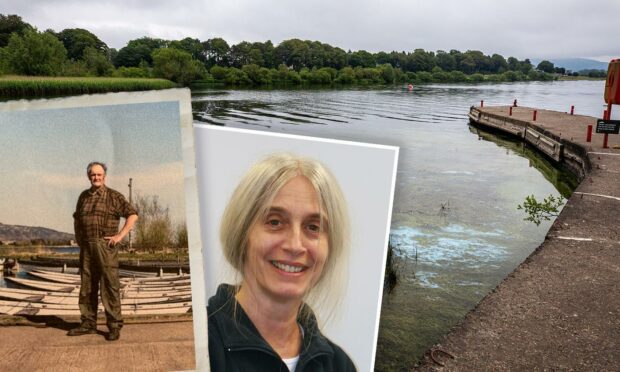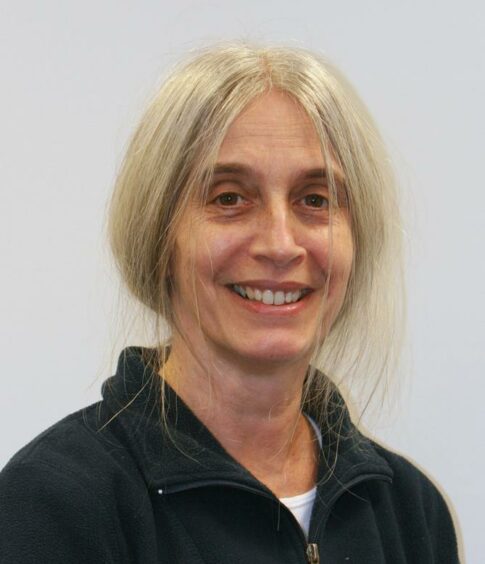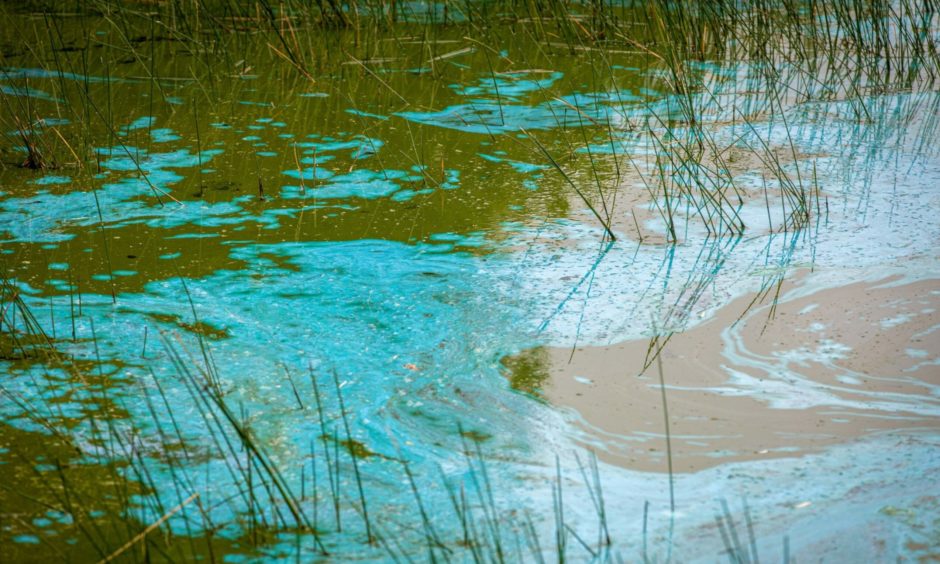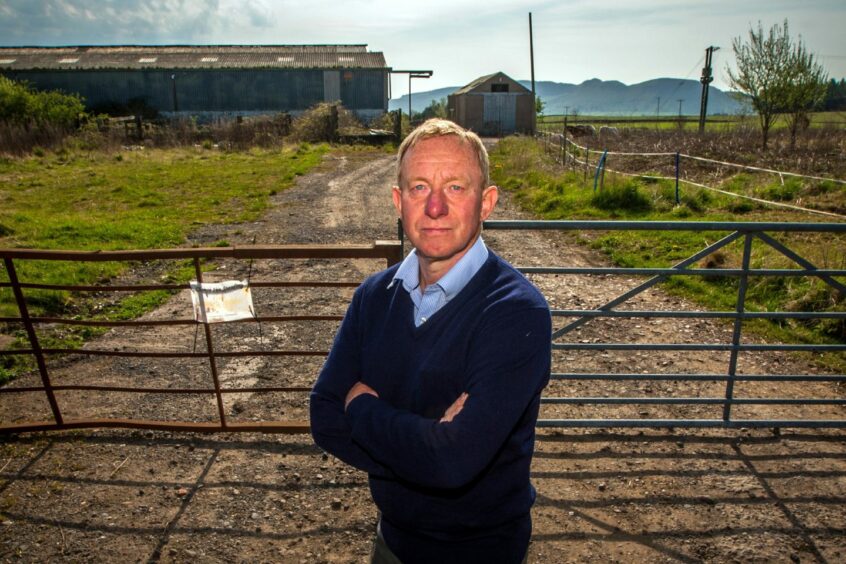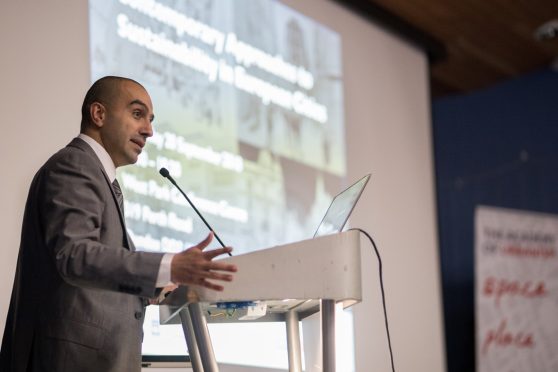Scientists and local campaigners have linked sewage flowing into Loch Leven to the increased growth of toxic algae that can kill pets and make humans sick.
Human sewage is one of several causes scientists are considering for a recent increase in algae in the loch during the summer months.
The Kinross-shire loch is home to a national nature reserve and is renowned for its fresh water and brown trout fishing.
It is cited worldwide as an example of restoration work after water quality plummeted in the early 1990s.
Yet local politicians now fear that work is “regressing” with large algal blooms growing again each summer.
Treated and untreated sewage can increase phosphorus levels as can agricultural run off from fields.
Phosphorus is naturally occurring but high levels of the mineral in the water feeds the growth of algae.
The algae can produce potentially harmful toxins that can cause eye and skin irritations and vomiting in humans and – for animals – serious illness and even death.
Does the science support the link between human sewage and algae?
Dr Linda May is the group leader for freshwater restoration at the UK Centre for Ecology & Hydrology. Her team is studying the rise in loch phosphorus levels.
She said sewage – both after being treated and non-treated after heavy rain – are two of the causes her team are “considering” for increased levels of phosphorus.
Another was agricultural run off from nearby fields.
She said climate change is combining with high levels of phosphorus to create more algae.
The phosphorus enters the loch and is stored in the sediment on the loch bed.
Warmer waters during summer – a trend exacerbated by climate change – sees more phosphorus released from the sediment on the loch bottom.
That means the potential for more toxic algae as well as less oxygen dissolved in the water.
That’s also bad news for fish and other species in the loch.
Dr May said: “We are still trying to understand this and what it all means.
“If you want to improve the quality of your loch then you need to be able to separate the things you can do from the things you can’t.
“We can’t stop climate change, but what can we do instead? We can reduce the inputs a bit more.”
What do locals think about algae in Loch Leven?
Willie Wilson, 75, is a ghillie at Loch Leven Fisheries. He has worked on the loch since he was 15.
“I’ve got a passion for Loch Leven. For a lot of people, the loch stops at the surface of the water, but for me that’s where it starts.
“It has a huge capacity to produce so much life. But this is without a shadow of a doubt compromised by big blooms of algae.”
Phosphorus currently enters the loch in a number of ways.
They include treated sewage from the two waste water treatment plants that feed into the loch and run off from agriculture.
Untreated sewage also enters the water when heavy rain overwhelms the sewer systems in nearby Kinross and Milnathort.
Lib Dem councillor Willie Robertson wants to see SEPA introduce a total limit on the quantity of phosphorus that can enter the water in any one year.
He is one of four councillors who sent a letter in the last few days to acting SEPA chief executive Jo Green highlighting the pollution concerns.
The letter states: “There appears to be growing instances of algal blooms, some of which are toxic, which now seem to last for many months of the year.
“The water quality in the loch has been improving over the last 20 years but it now appears that these improvements have not only stalled but are now regressing.
“The amounts of treated sewage entering Loch Leven has risen substantially due to the levels of development which has increased the phosphorus loading in the loch.”
The letter is signed by a cross-party group of local councillors, including Conservatives Michael Barnacle and Callum Purves and the SNP’s Richard Watters.
I asked councillor Robertson why the group had decided to intervene now.
He said: “We’re getting far more algal blooms in the summer.
“With such an important asset on our doorstep the last thing I want to happen is it to become unsafe for dogs to swim in or children to paddle in.”
Councillor Robertson fears an increase in housing development near the loch – which leads to more sewage and therefore phosphorus – could be driving the problem.
He believes action must be taken before more nearby land is zoned for development.
He and his colleagues also want a review of the licence that enables untreated sewage to enter the water during heavy rain.
How have the authorities responded to the concerns?
Agency NatureScot manage the Loch Leven nature reserve.
A spokeswoman said they had been working with partners to improve water quality for the past 30 years.
She said they were currently “taking expert advice” on “whether there is now additional phosphorus entering the loch levels from sewage discharges”.
The agency is investigating what actions are open “to prevent this and ensure the water quality of the loch and associated nature is protected”.
Scottish Water operate the two nearby waste water treatment works.
A spokeswoman said monitoring shows both are performing better than is required by their discharge licences.
She said: “A water quality study at Loch Leven in 2012 identified that Scottish Water’s treatment works were responsible for around 10% of phosphates entering the loch.
“So focusing further efforts solely on the waste water treatment works would be unlikely to bring about significant further improvement.”
A SEPA spokeswoman said they had been working closely with Perth and Kinross Council, NatureScot and the UK Centre for Ecology & Hydrology (UKCEH) to reduce the amount of phosphorus in Loch Leven.
“There has been an increase in algal blooms within the loch over recent years and these have been linked to phosphorus levels and increasing warming of the loch and the climate.”
She said the nearby wastewater treatment works “are compliant with the limits on their licenses…and are well within the limits for the discharge of phosphorus”.
She said research continues as well as a trial to “flush the loch prior to any predicted bloom to see if this can reduce the frequency of algal blooms”.
